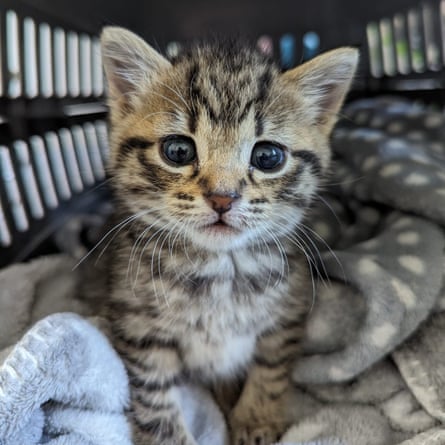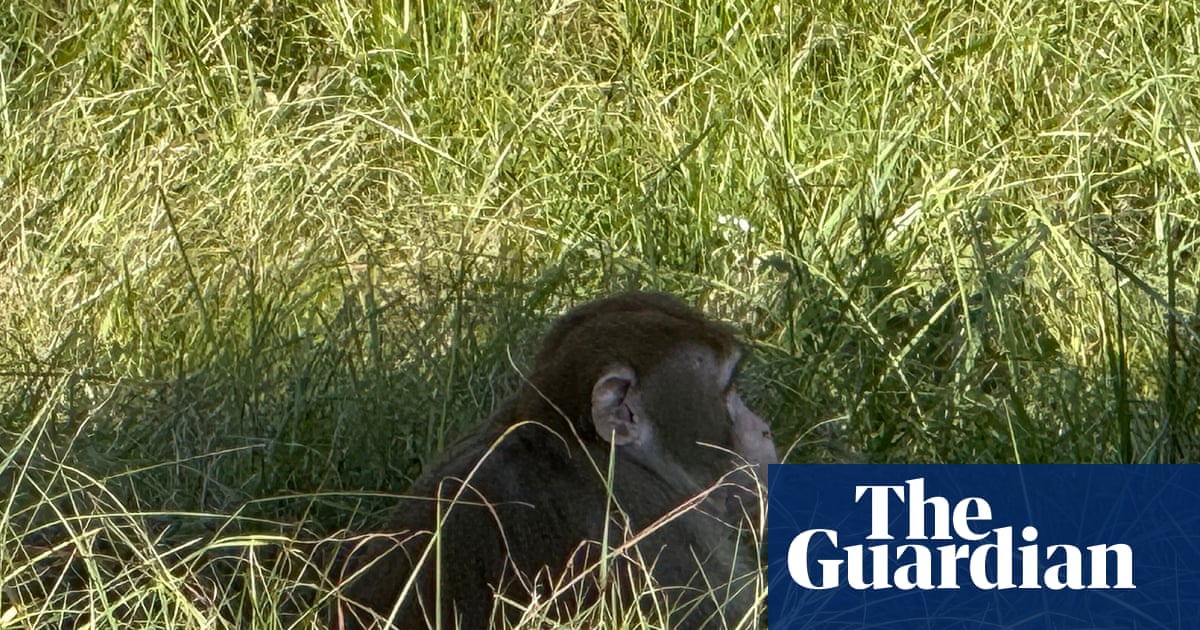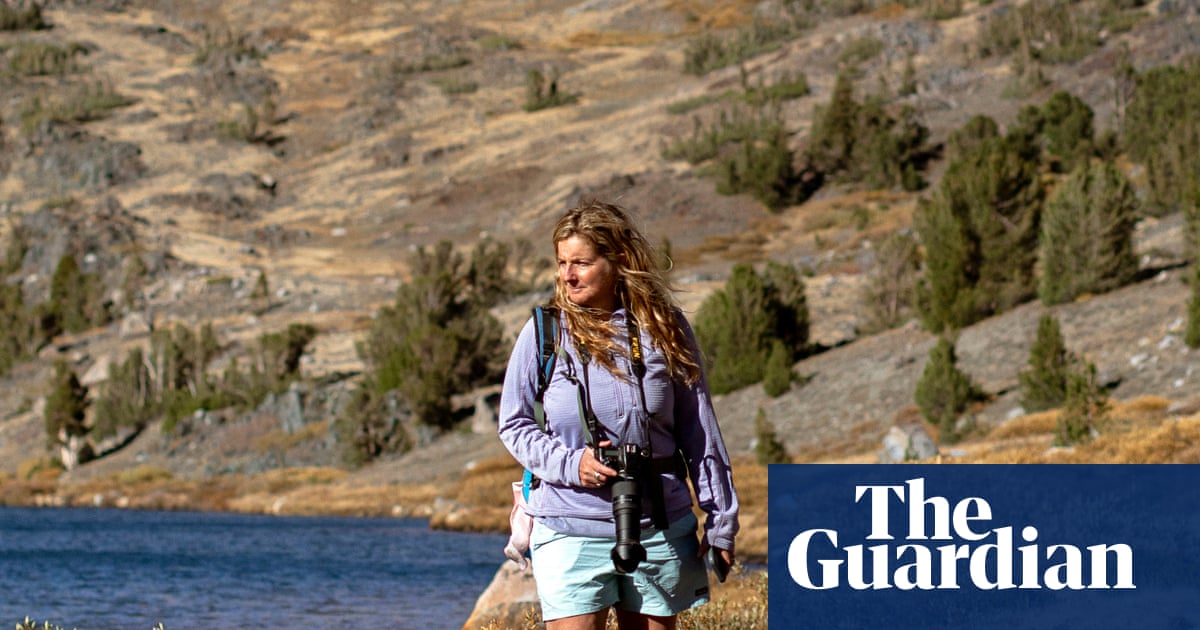PROTECT YOUR DNA WITH QUANTUM TECHNOLOGY
Orgo-Life the new way to the future Advertising by AdpathwayFirefighter callouts for animal rescue have risen by more than a quarter in five years, figures show, as charities warn of a new wave of abandonment linked to the soaring costs of food and vet bills.
The RSPCA received a record 22,503 abandonment reports last year, as the cost of vets and pet food surged dramatically. Figures from the Office for National Statistics show vet costs last month were almost 50% higher than they were in 2020, and the average can of dog food went up in price from 60p to £1.03 over the same time period.
The charity Cats Protection said booming pet ownership in the midst of a cost of living crisis was putting the rescue sector under pressure. Charities and firefighters, who often work hand in hand to rescue abandoned animals, were “feeling the effect of those two things combined as owners face challenges caring for their pets”, a spokesperson said.
The fire service has seen animal rescue callouts in England increase by 27% over five years – with domestic animal callouts up 38% in the same period. In the year to June 2025, there were 3,462 domestic animal rescues across the country – more than a third of which were in London. The London fire brigade estimates £686,475 was spent on animal callouts in the year to June, a rise from £261,253 in 2020.

Cheryl Hague, an RSPCA spokesperson, said that in the pandemic “people took animals on, and realised it costs a lot more money than they want it to. They realise that and then give them up.”
Last year, a kitten named Socks was found tied up in a bag and dumped in a bin in Camden Town, north London. Months earlier, the same bin had been used to dump another kitten, which was named Binky. Both have since been rehomed.
A terrier dog, Ladybird, was found tangled in barbed wire after being thrown over a wall and abandoned by her owner. Officers from the London fire brigade were able to untangle her and took her to the nearest RSCPA animal hospital where she gave birth a few days later to a puppy, which was named Babybird.
After London, Essex had one of the highest increases in animal rescues after London, an 84% change over five years.
Paul Jones, an operational group trainer at Essex County fire and rescue, said: “We rescue animals to prevent members of the public from putting themselves in danger. Our firefighters train regularly for a wide range of rescue scenarios, and while these incidents can take time and resources, they are part of our commitment to keeping our communities, and their pets, safe.”
The increase in the number of rescues has been attributed in part to higher levels of pet ownership. According to the Pet Food Manufacturers’ Association, 3.2m households in the UK acquired pets during the pandemic. But many weren’t ready for the costs involved, which have increased beyond inflation in previous years.

The PDSA, a UK veterinary charity, estimates that a cat will cost £11,000 to care for across its lifetime, and that excludes vet fees if the animal becomes ill or injured.
The Competition and Markets Authority (CMA) is investigating the vet sector, which is 60% owned by six large companies that are backed mainly by private equity firms. It is looking into concerns about corporations buying hundreds of independent vet practices, pushing up prices and making excessive profits.
The CMA’s preliminary report, published in October, found that pet owners paid 16.6% more on average for their animal’s treatment at large vet groups than at independent vets. It says the current regulatory system, which regulates individual vets instead of businesses, “is not fit for purpose”.
Further research from Cats Protection shows a trend of younger, more affluent pet owners, who keep pedigree cats indoors and are less likely to have them neutered. Sarah Elliot, the head of veterinary and welfare operation at the charity, said: “Strays and unwanted litters are the top reasons for cats coming into our care. And I do think these unwanted litters are related to neutering rates falling.”


 15 hours ago
3
15 hours ago
3





















 English (US) ·
English (US) ·  French (CA) ·
French (CA) ·